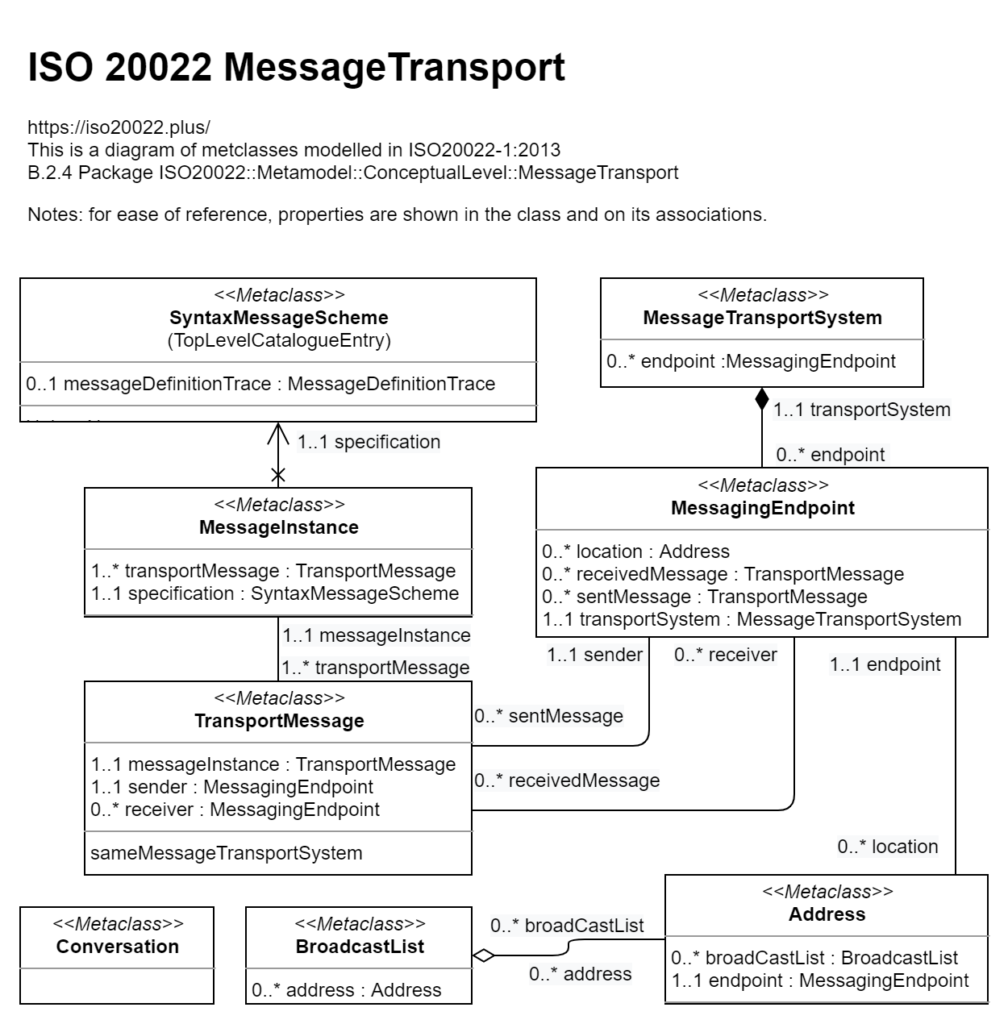
As with ISO 20022, this was developed on the SWIFT (Society for Worldwide Interbank Financial Telecommunication) network. The current messaging that is being used for cross-border payments is ‘MT’, which stands for ‘message, text’. A common payment language that increases efficiency and benefits the global financial community as a whole. The messages are available for the complete end-to-end payments chain: customer to bank (payment), bank to bank (payment clearing and settlement) and reporting (cash management). Achieving this goal with the added benefit of having richer payment data included required one unified payments system, that is where the ISO 20022 standard comes in. The idea being to make all payments, particularly cross-border payments, much easier and quicker from one account to another. All of these regions have been working hard to replace archaic domestic or legacy payment systems.

Including – United States, Canada, Australia, Singapore, Hong Kong, United Kingdom, Japan and the Eurozone to name a few. This number now currently stands at over 70 countries around the world.

ISO 20022 standard – a new payment languageĪs we mentioned earlier, about 30 countries had started the process of adopting the new payment language in 2018 to standardize their domestic and cross-border payments infrastructure. How it will help the payments industry, the value it will bring, who will benefit from it and what the current roadmap for the ISO 20022 standard looks like. In this article, we take a look to see where it has progressed to over the last three years. At that time, there were about thirty countries that were implementing the new payment messaging standard around the world. In 2018, we previously wrote about how Canadawas changing their payments landscape with ISO 20022. The ISO 20022 payment messaging standard is widely considered an essential component to revolutionizing the global payments infrastructure.


 0 kommentar(er)
0 kommentar(er)
